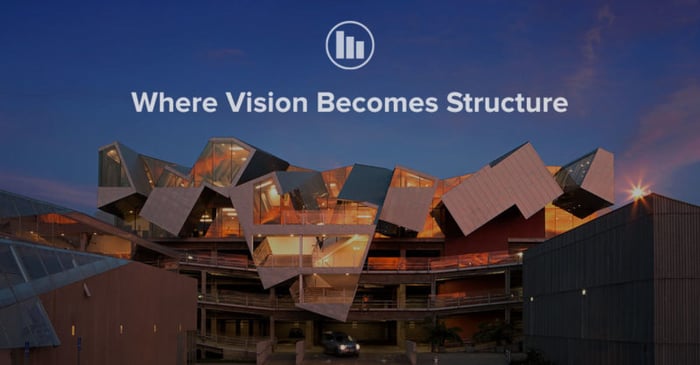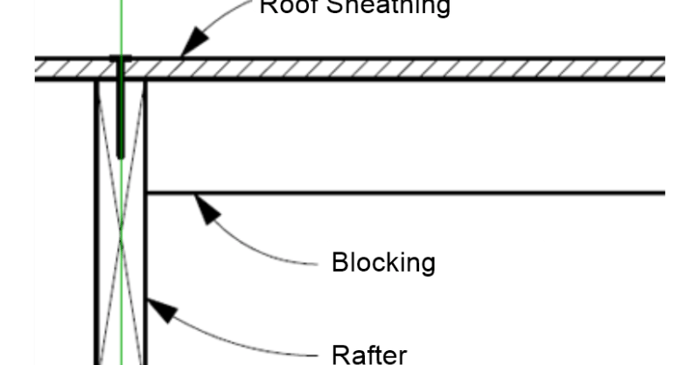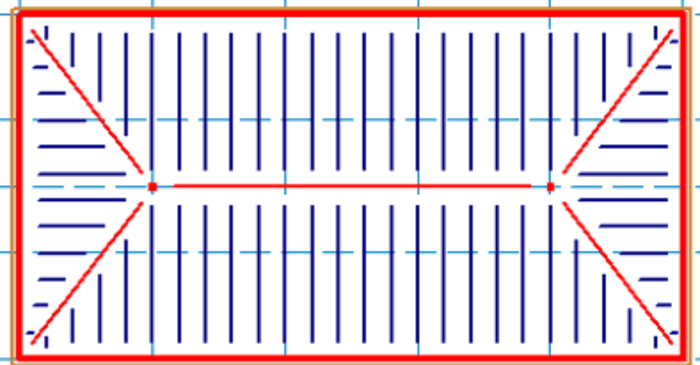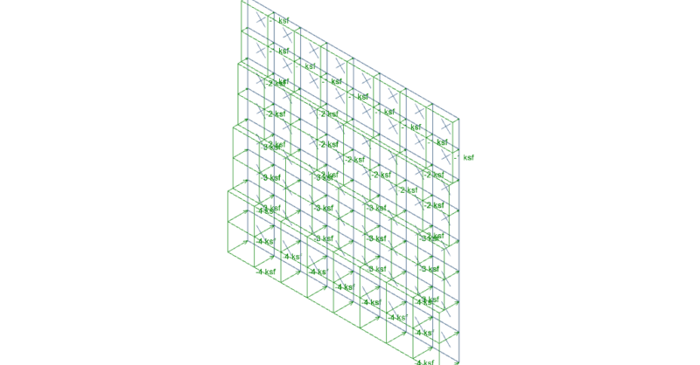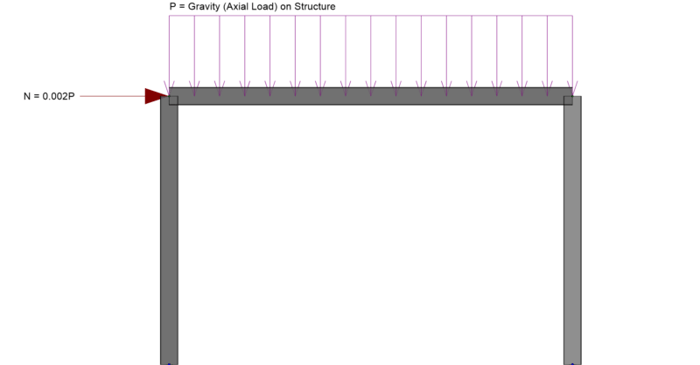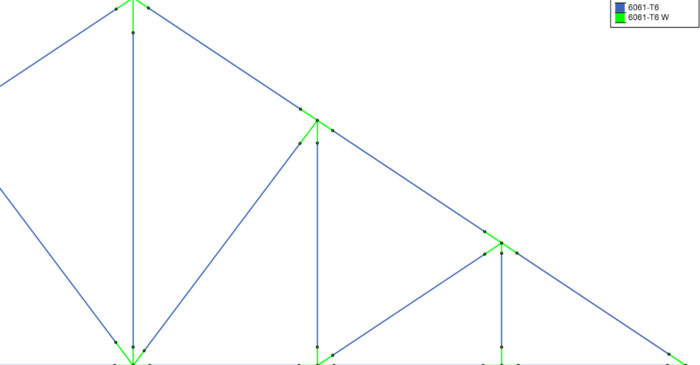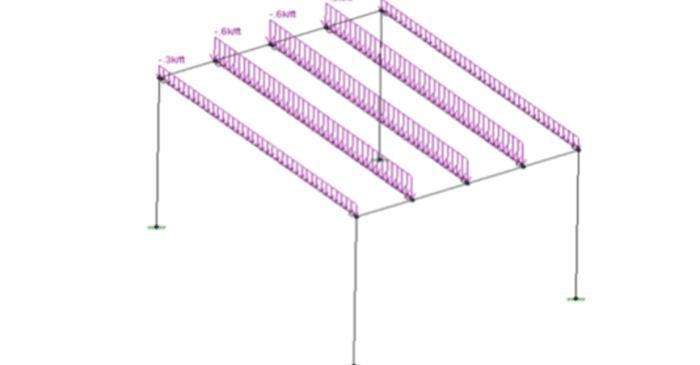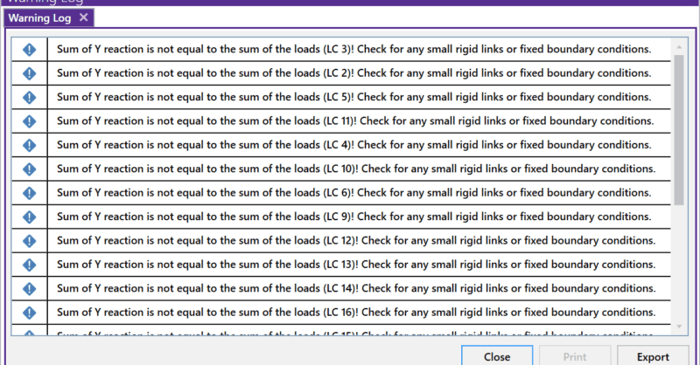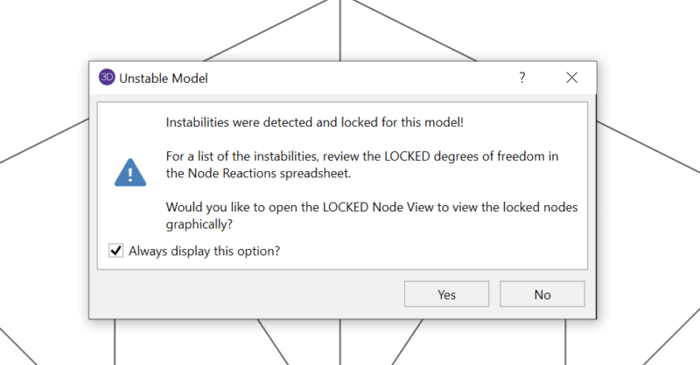
June 13, 2011
How Do I Avoid Instability Warnings in a RISA-3D Model?
Have you ever received an instability warning when running a three dimensional RISA-3D model? This is because RISA-3D cannot build the stiffness matrix with the configuration you have modeled. In some cases, your model is truly unstable and in others it’s a matter of correctly modeling your...




